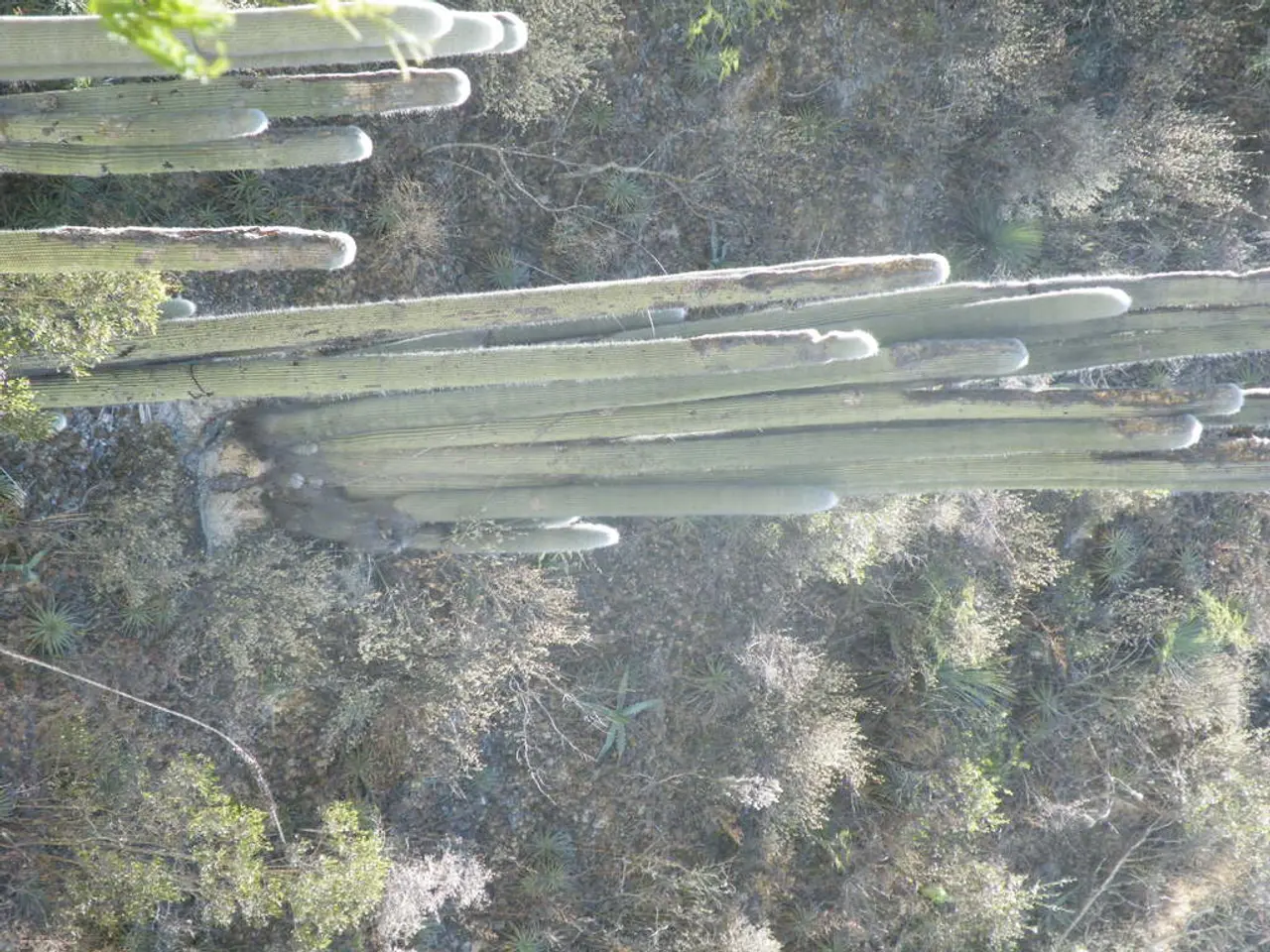Caring for Carnivorous Plants: Soil, Water, and Potting
Cultivating Meat-Eating Plants: Optimizing Soil for Robust Development
Carnivorous plants have unique soil requirements that differ significantly from regular garden or potting soils. To ensure the health and well-being of these fascinating plants, it's essential to understand their specific needs.
Soil Composition
The ideal soil mix for carnivorous plants typically consists of sphagnum moss and perlite. Sphagnum moss helps retain moisture and provides an acidic environment, while perlite improves drainage and humidity levels.
Preparing the Soil Mix
To create a suitable blend for plants like Venus flytraps and Sundews, mix equal parts of dried sphagnum moss and perlite. Ensure the mix is free of fertilizers and other contaminants that might harm the plants.
Avoiding Regular Garden or Potting Soil
Avoiding regular garden or potting soil is crucial for carnivorous plants due to its nutrient content, soil pH, and moisture retention characteristics.
- Nutrient Content: Carnivorous plants derive nutrients from capturing insects, not the soil. Regular garden soils contain fertilizers and nutrients that can harm or kill these plants by causing excessive growth or nutrient toxicity.
- Soil pH: Most carnivorous plants thrive in acidic environments. Regular garden soils often have a higher pH level, which can be detrimental to these plants.
- Moisture Retention and Drainage: Regular soils can retain too much water, leading to root rot, while carnivorous plant mixes are designed to maintain appropriate moisture levels without causing waterlogging.
Additional Tips
- Watering: Use distilled or rainwater, as tap water may contain minerals harmful to carnivorous plants.
- Lighting: Provide bright, indirect light to promote healthy growth.
- Moisture Management: Keep carnivorous plants in consistently moist conditions but not waterlogged.
- Potting: Glazed ceramic pots are suitable for carnivorous plants because the glaze acts as a barrier, preventing the pot from leaching salts and minerals into the soil over time. Plastic or glazed ceramic pots are also suitable for growing carnivorous plants.
- Watering Method: Use the tray method, placing the plant's pot in a tray of water about 1-2 inches deep for watering.
- Sand: Use sharp silica or quartz sand with grain sizes of around 1.5 to 2mm.
In summary, understanding the unique soil requirements of carnivorous plants is essential for their successful cultivation. By following these guidelines, you can provide a suitable environment for these fascinating plants to thrive.
Maintaining a carnivorous plant's lifestyle necessitates avoiding regular garden or potting soil, as their health can be negatively impacted by the nutrient content, soil pH, and moisture retention in such soils. Instead, a proper soil mix consisting of sphagnum moss and perlite should be created to address their specific needs regarding moisture, drainage, and acidity. Additionally, home-and-garden enthusiasts who wish to expand their horticultural skills and incorporate carnivorous plants into their collection should pay attention to factors such as watering, lighting, moisture management, potting, and watering method to ensure the plants' continued health and well-being.



